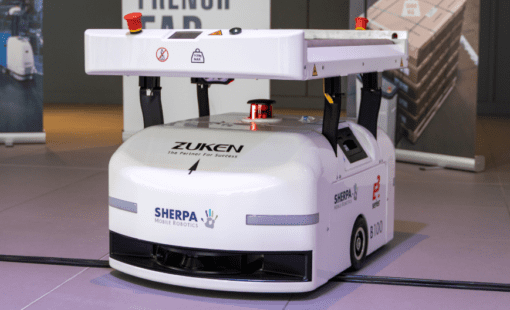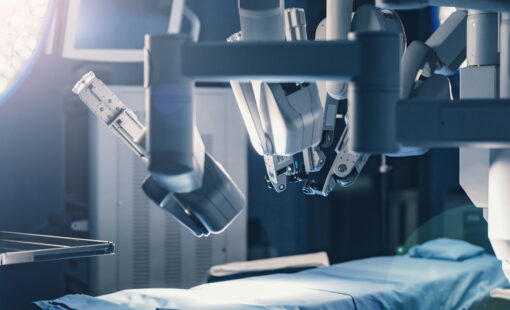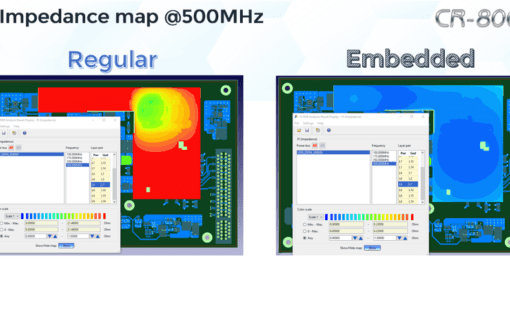As our technology becomes increasingly complex, machines, appliances, and tools are expanding their capability at the expense of usability. At the same time, labor and expertise are becoming more difficult to find and sustain. To overcome these challenges, smart robotics are being recognized as a powerful solution, as they foster the ability to simplify our lives.
Robotic automation applies to much more than automotive manufacturing and vacuum cleaners. Devices ranging from complex machinery to simple household appliances are becoming the next generation of smart robots. Developing these devices into robots will result from the convergence of new chip technology, improved design techniques, and AI software. All three of these factors are giving rise to a smart robotics revolution that will encompass the majority of products we use.
At the forefront, processors are becoming more powerful while decreasing in size and power consumption. New electrical design strategies are capitalizing on smaller components to allow for robotic integration. Furthermore, advanced algorithms and AI software are able to combine with design innovations to create smart robotics.
What Does it Mean to Be a Robot?
Contrary to science fiction, a robot does not need to take a humanoid form. Instead, the primary defining attribute of a robot is that it is a machine programmable for different tasks. Robotics are a capability, not a form-factor. In fact, the human form is rarely the best structure for a robot. Any electro-mechanical device capable of adapting to various tasks—regardless of size, shape, or function—is a robot. A robot is considered a smart robot when given the ability to make decisions. To make smart robotics widespread, is it necessary to adapt robotic intelligence and programmability into existing devices.
How AI Factors into Smart Robotics
Artificial intelligence (AI) will not make robots self-aware anytime soon. However, AI capability will make robots more versatile. Smaller AI processing cores, lower power components, and tighter peripheral integration bring AI to the computing edge. AI algorithms incorporated within microcontrollers allow sensors, actuators, and module controllers to learn and adapt. Such capability brings those devices into the realm of smart robotics.
Robotics and Electrical Design Technology
Three dominant factors will lead to the ubiquity of smart robotics. The first is that core components are becoming smaller and more powerful. Microcontrollers are now faster and more versatile than ever before. Advances such as peripheral crossbars allow chip pinouts to change, allowing for easier and more compact PCB routing. MCUs come equipped with multiple cores, including specialized AI cores, DSP, and programmable logic arrays. Additionally, as components get smaller and data speeds increase, printed circuit board design will evolve in parallel. Moreover, as PCB layers become thinner, flex circuitry, rigid-flex circuitry, and high-density interconnect (HDI) will become the norm. The result of these factors will give rise to smart robotics in applications not previously possible.
Up and Coming Robotics Applications

Factories are ripe for smart robotics integration. Virtually every aspect of factory operation has a potential for robotics application. Assembly robots are at the forefront, with new advances bringing more axis of operation, faster speeds, and integrated sensors. Additionally, smart robotics will play an important role in future warehousing and logistics. Here, AI production planning software will keep parts and production coordinated with precision levels unattainable without smart robotics.
Office security, communications, and environmental systems are all benefitting from robotic automation. Systems that could not previously support robotics due to hardware or size limitations can now gain robotic functionality with smaller, more powerful sensors to control electronics. Sensors and robotic HVAC controls may finally allow those in an office setting to work efficiently at a comfortable temperature.
Homes also have great potential for robotic automation. Smart robotics will have a place in the garage, kitchen, and everywhere in between. Some might scoff at a robotic kitchen range. However, a stove that can distinguish between “inadvertently left on” and “still cooking” will save energy, leftovers, and lives.
Smart Robotics Go Mainstream for a Smarter World
We will live in a much smarter world twenty years from now. Every electric and mechanical device will have a level of robotic embedded intelligence—whether complex, like a self-driving automobile, or as simple as a bread toaster appliance. Advancements in processors, design, and AI will allow these devices to impact every aspect of our lives without being intrusive.
For insight into how Zuken plays a role in smart robotics, head over to this recent blog post about Sherpa Mobile Robotics.
Related Products and Resources

- Blog

- Blog

- Blog
Artificial intelligence has been on everyone's lips since newspapers, radio, television, and social media have been overflowing with reports on the AI-based text generator ChatGPT since the beginning of the year. We therefore decided to have a chat with ChatGPT itself to find out from artificial intelligence itself what we can expect to see in this area.

- Blog




